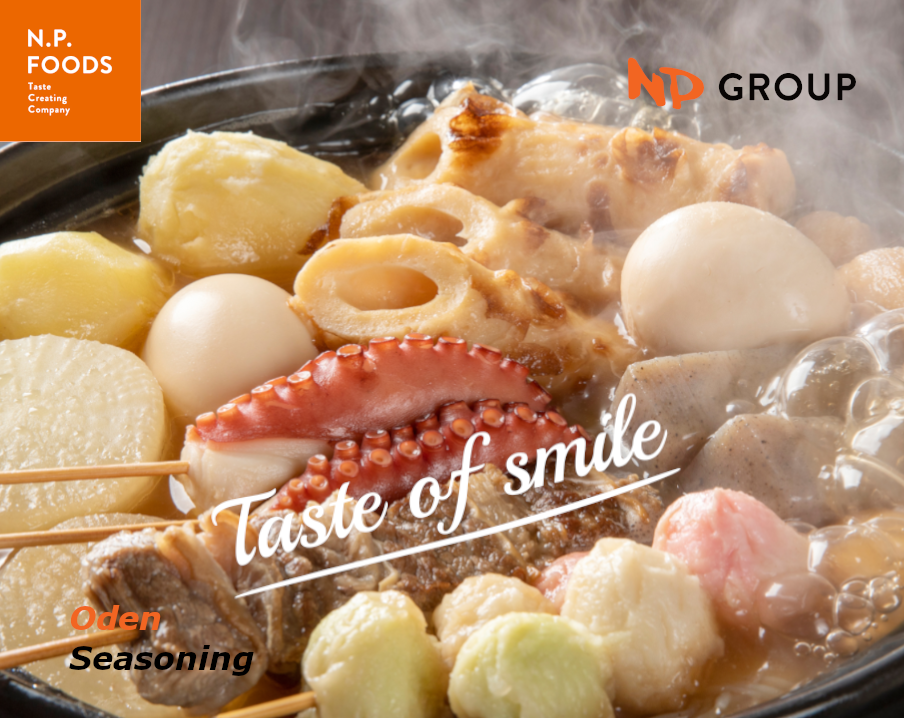Paprika
- NP Foods - Mkt
- May 3, 2024
- 2 min read

Paprika is a fruit which is classified as Capsicum annuum L. var. grossum, which is same species like red chili but has a different variety. However it's considered that it is not spicy, but some have spicy hints but just a little bit compared to Red chili.
It also known as Bell Pepper, because it has a bell shape. In its origin country, south/central america, paprika is commonly used as salad, seasoning for marinated, sauce, and BBQ. In Indonesia, paprika started to be cultivated in the 1990’s and started to become popular. Indonesian people usually cook paprika as additional vegetable stir fry meat and Gurame asam manis, a popular culinary gourami.
Paprika is usually eaten as fresh salad, or cooked or grilled with other vegetables and meat. It’s also used as seasoning. In the Food Industry, paprika is commonly used to enhance flavor and natural color, because it highly contains carotenoid pigments; capsanthin and capsorubin. It used to enhance red color in seasoning powder or sauce, sausage, seasoning oil and cheese.
Paprika can be processed in many culinary ; grilled, stir-fried, or as marinate seasoning for meat. Inspired by many culinary made of Paprika, NP Foods Indonesia has been innovating and creating new seasoning Paprika Seasoning such as Smoked Paprika, Grilled Paprika, Paprika Marinade, Paprika Marinade with Honey and others. Those seasonings specialized for snack, instant noodle, and meat products. NP Foods Indonesia is committed to produce and distribute the best seasoning products according to customers' requirements. Contact us to request a sample or consultation about seasoning paprika and other seasoning!
References
Gunadi, Nurkadi, Tonny K, Prabaningrum, Laksminiwati, Putter, Herman de & Everaats. 2006. Budidaya Tanaman Paprika (Capsicum annum var grossum) di dalam Rumah Plastik. Balai Penelitian Tanaman Sayuran
Cantrill, R. 2013. Paprika Extract Chemical and Technical Assessment (CTA). FAO 2013



Comments